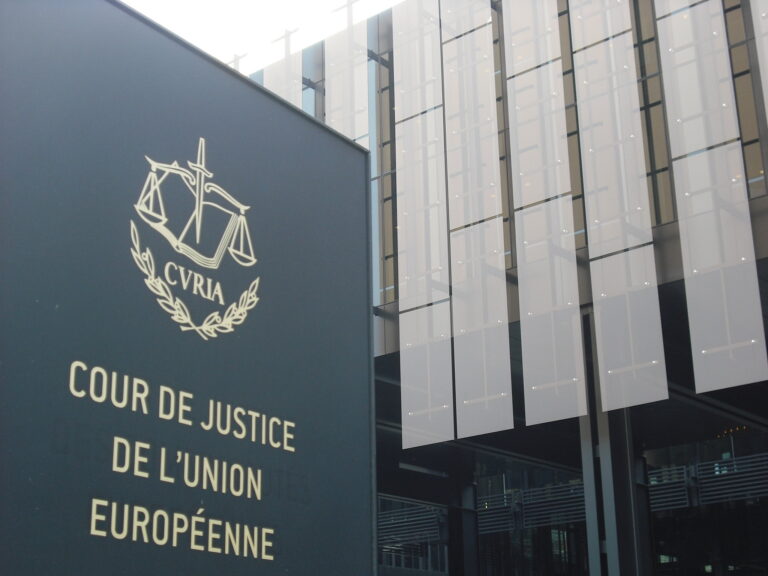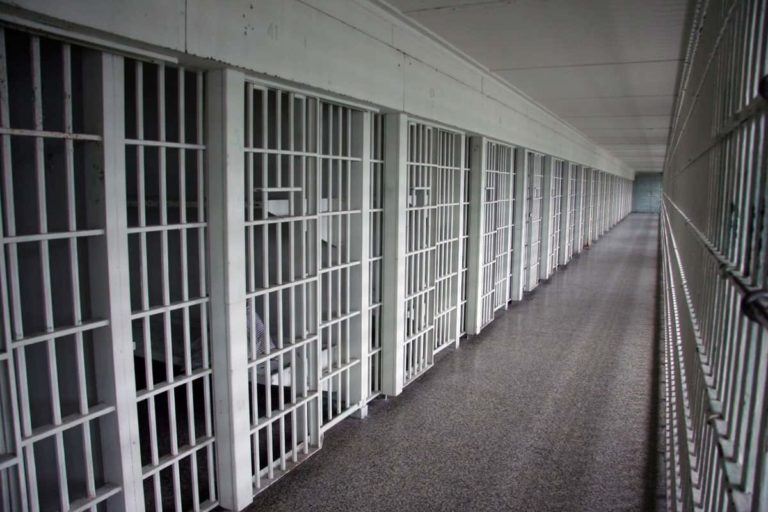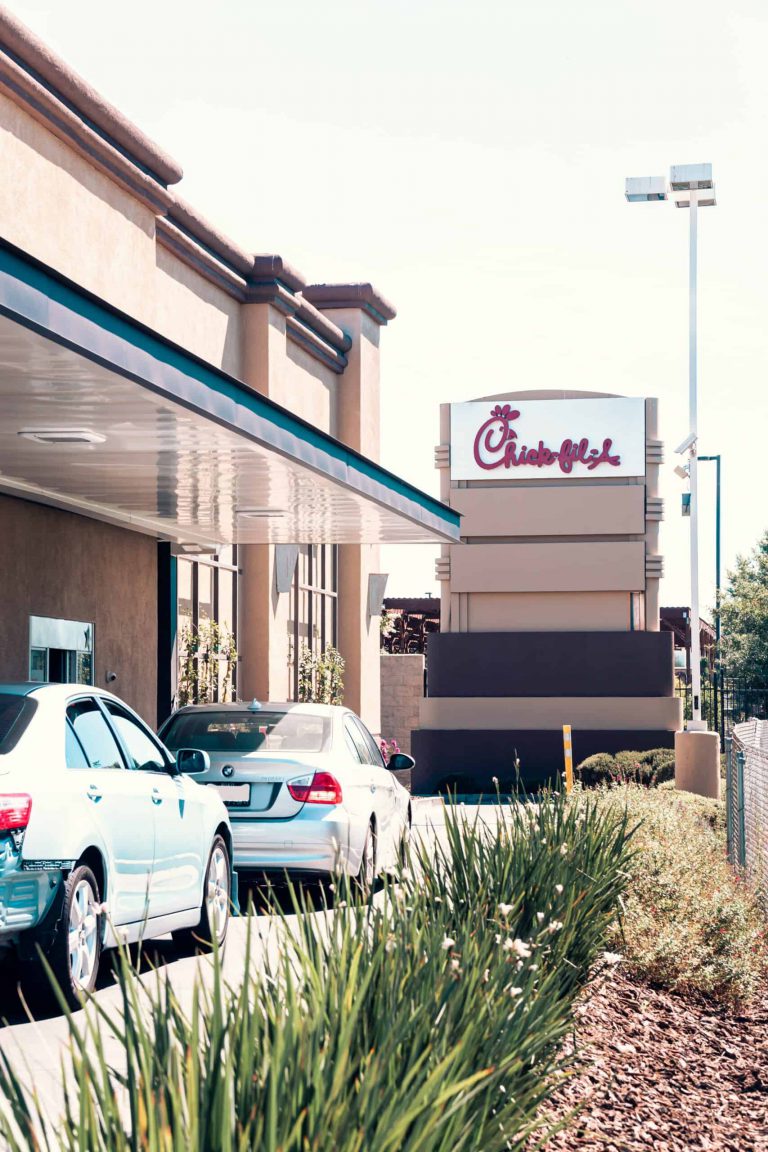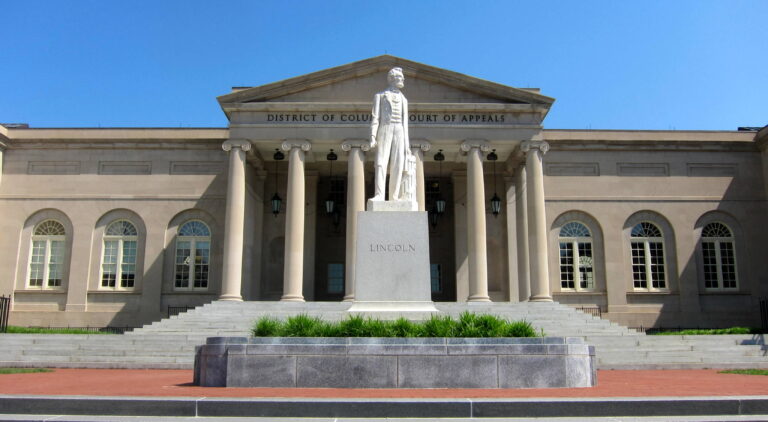
Amy L. Eisenstein is a student at Harvard Law School and a member of the Labor and Employment Lab.
This is the second post in a three-part series on Ruelas v. County of Alameda, in which the California Supreme Court held that pretrial detainees are not guaranteed a minimum wage. You can find Part 1 here and Part 3 here.
In Ruelas v. County of Alameda, the Supreme Court of California held that pretrial detainees forced to labor for a corporation are ineligible for a minimum wage under the state’s Labor Code. The court construed Penal Code section 4019.3 broadly, interpreting it as incompatible with California’s Labor Code. The court concluded that the Penal Code prevents pretrial detainees from earning more than two dollars per day for their labor, absent a local ordinance. The second post in this three-part series argues that when section 4019.3 was enacted, the California Constitution banned private contracts for jail labor. If this is the case, the two-dollar-per-day wage cap enumerated in section 4019.3 could not have applied to privately contracted labor and thus should be construed more narrowly. Such a construction would render pretrial detainees in Santa Rita jail eligible for wages under California’s Labor Code, contrary to the Ruelas court’s ruling.
The California Constitution and History of Jail Labor
The history of prison and jail labor in California illustrates why the California Constitution banned contracting for “the labor of convicts” through the period in which section 4019.3 was enacted and up until 1990. True enough, the California Constitution banned “the labor of convicts,” meaning the labor of people convicted of crimes and housed in state prisons. However, the state’s reasons for banning “convict” labor suggest that this ban may have been interpreted to apply inmates more broadly, including jail laborers. A 1990 interpretation of the California Constitution also lends support to this conclusion.
From 1851, California allowed private contractors to use prison labor for agricultural and construction work. Early American jails compelled labor of inmates through privately contracted agreements. For example, arrested on vagrancy charges and housed in the local county jail, Native American detainees were auctioned to white employers. Their forced labor “fueled the city’s nascent agricultural economy.” Meanwhile, free workers perceived incarcerated labor as a threat to their wages.
Throughout the late 1850s to the late 1870s, labor organizations protested the employment of convict labor by private parties. In 1879, California “became the first state to abolish the contract system” through former Article X, section 6, which read: “After the first day of January, eighteen hundred and eight-two, the labor of convicts shall not be let out by contract to any person, copartnership, company, or corporation, and the Legislature shall, by law, provide for the working of convicts for the benefit of the state.” This section remained in place until 1990, through and after the enactment of Penal Code section 4019.3.
If California’s constitution prohibited private contracting of prison labor due to competition with non-incarcerated laborers, the same logic applies to jail laborers. Even after the 1879 constitutional amendment went into effect — barring private contracting of inmate labor — workers feared the potential competitive threat of uncompensated inmate labor. Workers advocated for the inception of California’s Bureau of Labor Statistics, which released its first report in 1884. The report focused not only on prison laborers but also on jail laborers in an attempt to illustrate noncompliance with the new constitutional ban. For instance, the report inquired about how many inmates were in each county jail, how many inmates were employed, what their employment consisted of, and to “what extent [] their employment c[a]me in competition with the labor of mechanics, artisans, and all other white laborers outside of institutions.”
The Governor took notice of workers’ fears, notwithstanding their racist and misguided underpinnings. He addressed their concerns in earnest by recommending that inmates labor on public rather than private works, thus mitigating competition with non-inmate laborers For instance, Governor George Stoneman recommended to state prison directors that “[inmates] be employed in cutting rough stone for the seawall in San Francisco, and other public works.” He also mentioned the Warden’s recommendation that prisoners “be employed in building roads.” While the Governor directed his message to state prisons, county jails followed suit, employing inmates on public projects rather than through private contracts.
Jail laborers worked on public projects throughout California. For instance, Los Angeles “reject[ed] bids from private contractors and instead deploy[ed] the chain gang to build roads and fix bridges.” By January 1888, these jail laborers had built “eighty-seven miles of city streets in Los Angeles,” cleaned up “mud and debris,” dug ditches, and “downgrade[d], fill[ed] and gravel[ed] streets.” The chain gang began “operat[ing] as a wing of the city streets department.” In the 1890s, Los Angeles deemed maintenance of the chain gang too expensive. Still, the chamber of commerce, municipal league, and the press called on the Los Angeles County Board of Supervisors to make a plan for people confined in county jails to be employed. Even when pressed for a plan, the county board had the inmates working on public, not private, projects. County-run “[r]oad [c]amp[s],” which expanded public roads throughout the state, continued into at least the 1930s. While Ruelas cites a case making the unsupported proposition that “local county prisoners” labored for private farmers in the mid-twentieth century, the overwhelming history of California’s jail laborers tells a different story — one that aligns with California’s historic ban on contracting for inmate labor. Considering this history, the Ruelas court’s suggestion that the constitutional bar on private labor of “convicts” did not apply to county jail detainees is unpersuasive.
Finally, a 1990 reading of the state constitution suggests that it prohibited the private contracting of jail, as well as prison, labor. In the official California voter pamphlet for the general election on November 6, 1990, the California Secretary of State certified that the pamphlet “ha[d] been correctly prepared in accordance with the law.” The Attorney General and legislative analyst authored the ballot initiative titles and summaries. The Attorney General summarized Proposition 139, which amended the state constitutional ban on private contracts for inmates, as follows: “Amends state Constitution to permit state prison and county jail officials to contract with public entities, businesses and others, for inmate labor.” In describing the constitutional amendment as “permit[ting] county jail officials to contract with . . . businesses . . . for inmate labor,” the Attorney General impliedly understood the state constitution as prohibiting such contracts prior to the amendment’s enactment — and communicated as much to voters. Thus, as interpreted by the state’s attorney general and voters, the California Constitution banned private contracts for prison and jail labor.
If the California Constitution banned private contracts for jail labor from 1879 to 1990, Penal Code section 4019.3 — enacted in the mid-twentieth century, during the ban — should be read more narrowly with this context in mind. The next post in this three-part series argues that the legislative history of section 4019.3 supports this narrower reading, which would render the state’s Penal and Labor Codes compatible and pretrial detainees eligible for the state’s minimum wage.










Daily News & Commentary
Start your day with our roundup of the latest labor developments. See all
January 5
Minor league hockey players strike and win new deal; Hochul endorses no tax on tips; Trump administration drops appeal concerning layoffs.
December 22
Worker-friendly legislation enacted in New York; UW Professor wins free speech case; Trucking company ordered to pay $23 million to Teamsters.
December 21
Argentine unions march against labor law reform; WNBA players vote to authorize a strike; and the NLRB prepares to clear its backlog.
December 19
Labor law professors file an amici curiae and the NLRB regains quorum.
December 18
New Jersey adopts disparate impact rules; Teamsters oppose railroad merger; court pauses more shutdown layoffs.
December 17
The TSA suspends a labor union representing 47,000 officers for a second time; the Trump administration seeks to recruit over 1,000 artificial intelligence experts to the federal workforce; and the New York Times reports on the tumultuous changes that U.S. labor relations has seen over the past year.